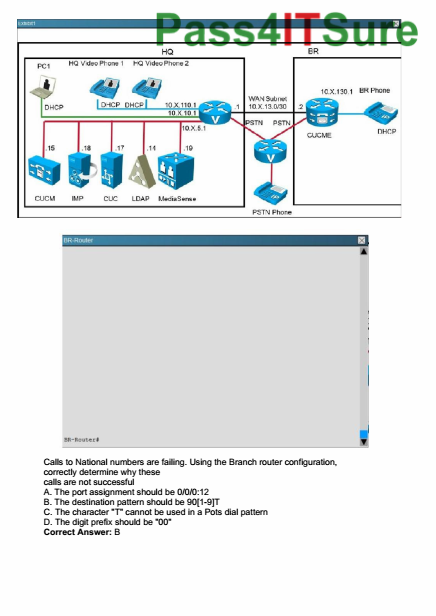Why Final Draft AND Scrivener?
Final Draft is pretty much THE screenwriting standard software around. The fdx format is very popular because it is used by many production companies, accepted for script registration (e.g. Writer’s Guild of America East), it is accessible with any text editor and there is a free reader app available for the iPad.
But I don’t really use Final Draft for screenwriting. I just use it for printing and sending the script out for notes.
Here’s why.
Final Draft does a superb job with formatting a script according to industry standard. But for writing the script I need a software that can also hold all my research files. I want them accessible at all times.
That’s why I use Scrivener for writing.
But you run into a problem there: when you export your script from Scrivener to Final Draft to send the fdx file around you need a way to get your script notes back into Scrivener to continue working on your script.
The Workflow
There are two ways to do this. Like everything in life both have their advantages and disatvantages.
1: Import the Final Draft file into Scrivener
Import the fdx file into Scrivener like you would any other file (File – Import – Files…). Scrivener will recognise the notes and import them as well. Inside Scrivener you see them as comments if you click on the comments tab in the inspector.
The advantage of this process: it’s automatic and quick.
The disadvantage is you may have your own scene structure for writing your screenplay in Scrivener. I for example have different files inside Scrivener for every scene, each holding different research information underneath. So, if I import the fdx file back into scrivener into one document I have another version of my script, which can get confusing when you begin changing things. I want to keep all the research files in the proper structure with my scene files.
2: “Import” Final Draft ScriptNotes Report into Scrivener
Of course you could open Final Draft and Scrivener side by side and copy all ScriptNotes from Final Draft to Scrivener to the corresponding position. But it would be quite cumbersome having to switch between both programs back and forth multiple times.
So there is another solution to this, albeit, sadly, not an automatic one.
Do this:
- Create a ScriptNotes report inside Final Draft (Tools – Reports – ScriptNote Report…). It will show you a list of all the notes in your screenplay.
- Copy the whole text and paste it into any Scrivener text file.
- Now open your script scenes in Scrivener and use the split Editor function to have your script and the ScriptNotes report from Final Draft side by side.
- Now copy every note to the corresponding position in your script as a Scrivener comment.
It is manual work but you are a lot quicker than going back and forth between both programs to copy the SriptNotes.
My solution in a perfect writer’s world would be to export ScriptNotes only in Final Draft (without the script content) and import them into Scrivener as comments, having them be linked to the corresponding page in your Scrivener script. But I guess since Scrivener gives you so many possibilities to structure your files that that would be complicated to do, if possible at all.
However, these are two workflows how you can go back and forth between Final Draft and Scrivener if you want to use both software packages.
I do this all the time.
What is your preferred method for working with script notes? Which software do you use? How do you get your script notes back into your script file?
Let me know what works for you and what problems you have. I’d be happy to have a chat about it!








